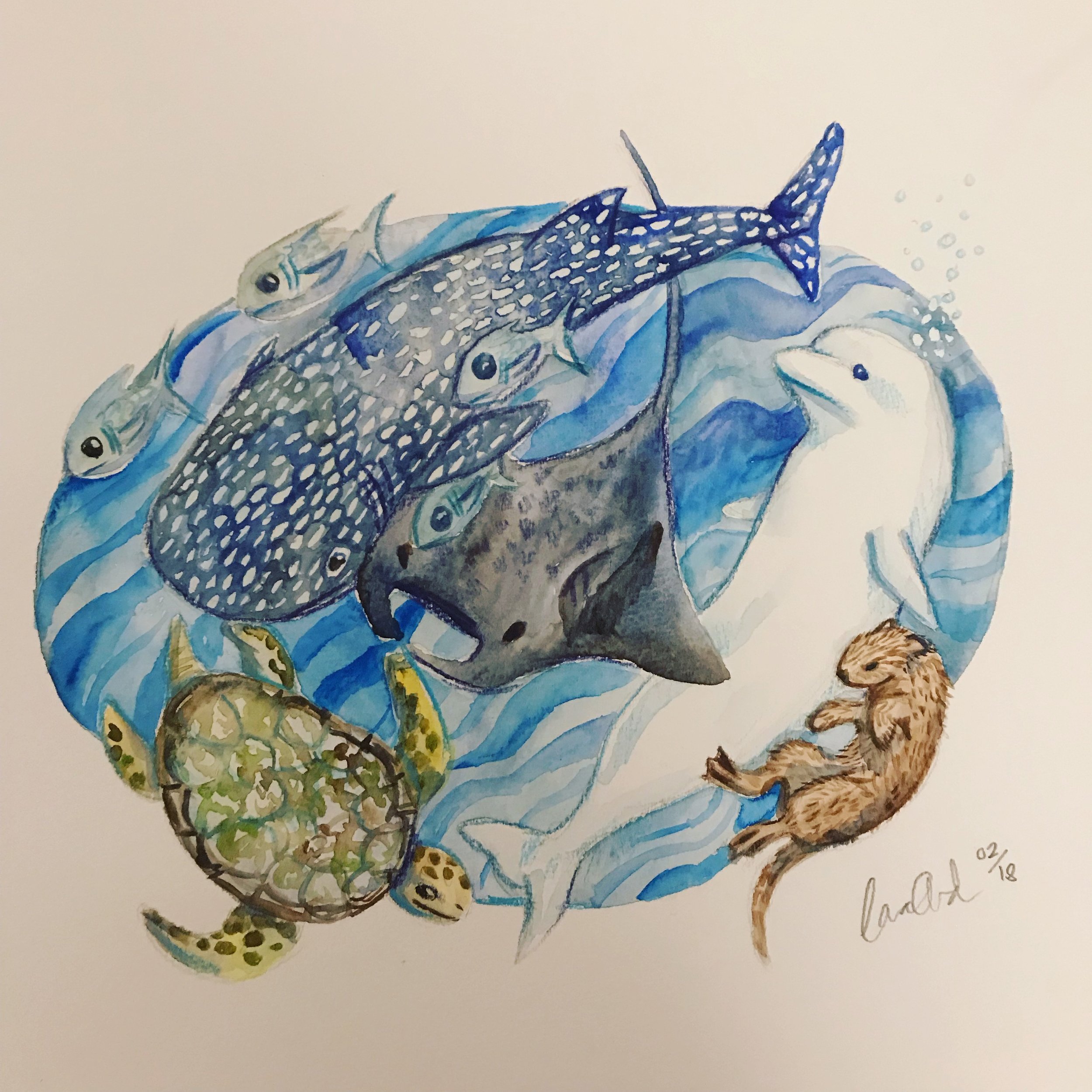I wanted to develop a book that I could send to publishers. If you have read the blogs leading up till now, you would know that the reason I could not pursue publication of my previous works was because of copyright restrictions. I could have gone to a publisher with my idea to turn these texts into books and they may have helped me track down copyright approvals, but I wanted to have the best chance of a publisher saying yes to my work. And having the friction point of legal work may have had a publisher decline my application.
I also had a bundle of ideas for books at this point, with new ones piling on each day. I knew if I ever wanted any of these ideas to turn into something I either had to write them myself or hire someone to write them for me. As a girl of the DIY generation and a can do attitude, I opted for the first option.
Illustration is two fold; how you draw and what you draw. The how is the practical skills, your understanding of the medium (in example pencil/paint), anatomy, gesture, etc. The what is the content, story, character, illustration style and mood conveyed in your art. Levelling up both these sides of your illustration skills is important and often artists tend to focus on the how and not the what and this can lead to beautiful but uninspiring work.
You may have mastered the pen or the brush but your illustrations can still appear dry or amateurish if you don’t have intriguing content. I know each and everyone of you reading this are filled with great ideas and awesome art, however you may be struggling to realise these stories and visuals in your work.
In light of this I have created a class series for you, helping you add depth, character and story to your illustrations. The first course which is released today focuses entirely on your characters and figures, creating real personalities in them to draw your audience into your art and activate an emotive response and connection.
Hello Susann, Thank you so much for taking time to talk to us today about all your beautiful creative work. You are a very talented illustrator with a unique style which captivates the eye. How did you find your ‘voice’ in illustration, that makes your work specially yours?
Thank you so much for reaching out (and for the compliments!), happy to have found your blog! It’s so funny that you mention “my style” because for the longest time, I was sure I didn’t have one. Up to three years ago I found myself copying illustrators whose style I admired, but apart from feeling bad about it, I didn’t feel like it was “me” – it was a lot of pencil work and very reduced colour.
In 2017, I saw people on Instagram using paint markers in their sketchbooks and I was captivated by the vibrant colours and the smooth surfaces that made the drawings seem like printed artworks. Usually I would never say that a medium defines your style, but I think for me it did change something. I started doodling, not thinking too much about what I wanted to draw but merely playing with those colours, building shapes and seeing what could develop from them. Also, when working digitally before, I was SO bad with colours! The markers gave me a limited palette to work with and I just chose 4–5 colours and stuck with them for the whole illustration. That really tied my work together, I think.
Before you start reading, if you want to catch up on part one and two just click below.
PART 1 | PART 2
If you are all caught up let’s begin with part 3. We finished off last way back in time at university. Well now we move forward a bit and it is time for a bit of self exploration. Now it is time for ‘The Elephant Who Forgot What He Was’. This is a beautiful poem I found online by Christopher Ronald Jones (if you are reading Chris please let me know what you think of my adaptation, would love to get in touch). I had decided after illustrating an Australian classic it was time to dip my toes into the water of children’s poetry, and see what my imagination came up with.
This little project took me about a month to develop from concept to completion and is still one of my favourite personal projects to date.
It started like all good picture books do, with a pinch of reading, a dash of pagination and a big dollop of story boarding. I spent about a week figuring out the layout of this 32 page pipe dream and then off I went full steam ahead into the fun of character design and creating an aesthetic for this sweet little story.
So as I said in a previous post. My love of books runs deep and I hope to publish a children’s book before I am thirty (or even twenty five… but let’s be realistic). My first step into the world of children’s publishing happened at university doing a class assignment to, well, illustrate a children’s book.
For this task I chose the below poem, an old famous Australian piece from 1889 by Banjo Patterson.



